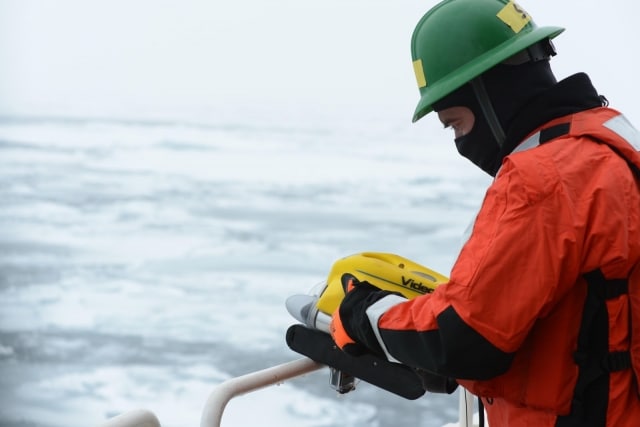As the US grants Shell its final permit to drill off the coast of Alaska, Russia, too, continues to prepare for a future with Arctic drilling as it takes steps to improve environmental safety in the Timan-Pechora tundra after a series of oil spills in recent years.
Arctic drilling is a risky business. Russia’s new monitoring system includes information about regional oil fields, including the quality of equipment used by the companies operating there. It will give local authorities a better overview of sites where spills appear most imminent, thereby helping authorities prevent accidents.
The region is notorious for its history of oil accidents spanning back to 1988. The biggest accident occurred in 1994 when somewhere between 100,000 and 200,000 tons spilled into the tundra. But with the continued expansion of oil extraction in the Arctic region, the number of incidents has increased.
Fire and Spills
Accidents have occurred in 2007, 2010 and, most recently, last year, with two fires erupting at Lukoil’s facilities in the Komi Republic: the first of which, in May, took two days to extinguish after four reservoirs, with 20 thousand tons of oil, caught fire.
Prior to this, in 2013, the region suffered three spills
In light of this dangerous trend, the new information and monitoring system has now been adopted by Nenets authorities. The system was first adopted in 2014 by authorities in the Komi Republic – in the 1990s, most known reserves were in this area of the Timan-Pechora tundra, but extraction has now increased in the Nenets region as well. Lukoil’s Licence The news comes as Lukoil announced on August 13 that it has secured additional access to the Russian Arctic coast along the northern tip of Taimyr – the peninsula located between the Kara and Laptev Seas. Lukoil – Russia’s second largest oil company – sees this licence as a possible stepping stone to offshore Arctic drilling. According to the Russian Kommersant newspaper, the company expects the Russian Government to grant permission for offshore Arctic engagements as early as this autumn. Lukoil was in competition with state-owned oil company Rosneft for the licence. That same day, it was reported by the Financial Times that Rosneft intends to shift its focus to increasing production at existing oil fields “in a tacit admission that weak oil prices and economic sanctions are thwarting ambitious plans for new projects.” Meanwhile, just off the tundra’s northwest coast in the Pechora Sea, Gazprom’s Prirazlomnaya platform (made famous by the Greenpeace Arctic 30 protest in 2013) has now produced more than four million barrels of crude oil. The ninth and most recent batch of this Arctic oil was shipped to Europe at the end of July. Photo: Coast Guard News via Flickr
Subscribe to our newsletter
Stay up to date with DeSmog news and alerts







